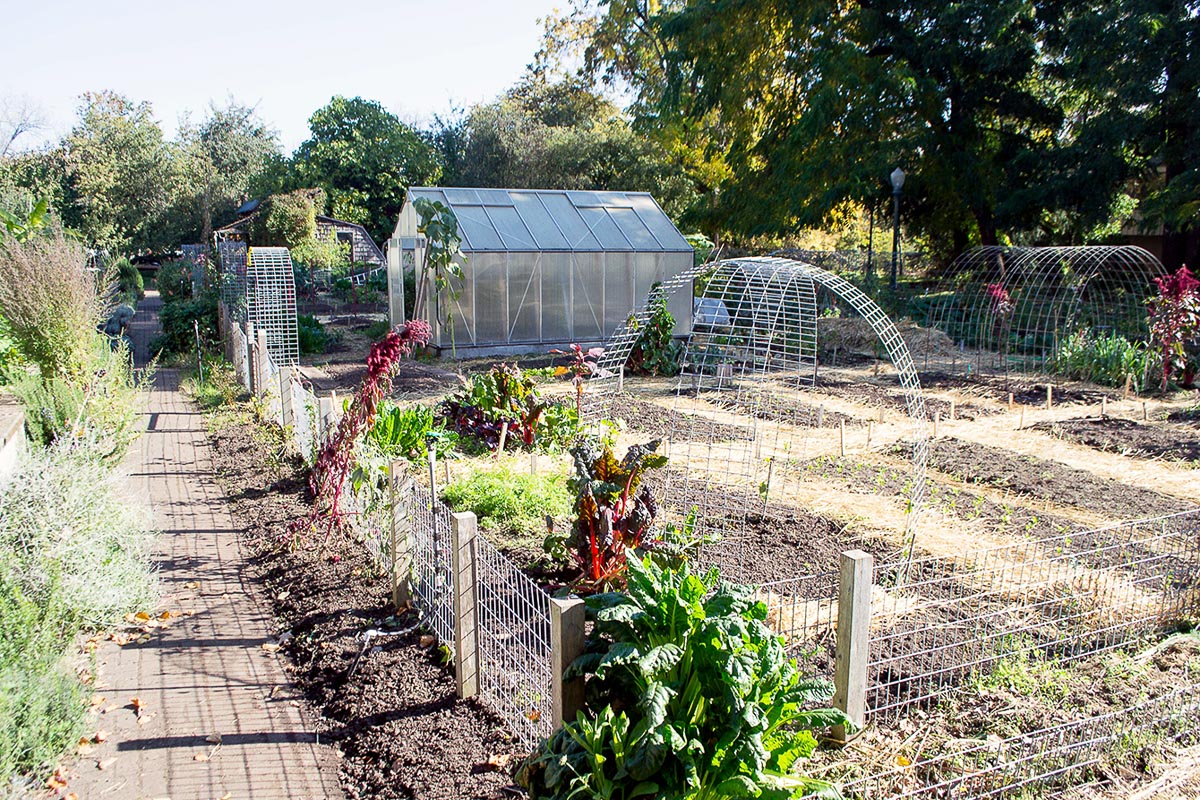The Basic Principles Of City Blooming
4 Easy Facts About City Blooming Described
Table of ContentsThe Greatest Guide To City BloomingThings about City BloomingSome Known Factual Statements About City Blooming The Single Strategy To Use For City BloomingSome Known Factual Statements About City Blooming
Intrigued in growing food for sale in the City of Chicago? Below is a checklist of frequently asked inquiries pertaining to the guidelines and regulations that growers need to think about when preparing an urban agriculture job.
The zoning amendment does not customize any various other codes taking care of composting, structure authorizations, purchasing or renting City possessed building, company licenses or environmental contamination. There are existing codes that control these concerns and they continue to be in full impact and might be appropriate to your job. Area yards are usually possessed or handled by public entities, public companies or community-based companies and maintained by volunteers.
Urban farms expand food that is planned to be marketed, either on a nonprofit or for-profit basis. Due to their industrial function, metropolitan ranches require a company permit.
How City Blooming can Save You Time, Stress, and Money.
Composting is permitted however only for plant product that is produced and used on website. The amount of garden compost material can not exceed 25 cubic backyards at any type of given time according to the criteria in 7-28-715 of the City's Municipal Code. Yes. Since the soil at the majority of brand-new garden websites needs modifying, garden compost, dirt, timber chips, or other products can be obtained to create or boost the growing area - home and garden.

If a structure license is called for after that the hoophouse will be taken into consideration an accessory building. You can figure out more concerning the building authorization requirements by contacting the Department of Structures. The 25,000-square-foot size limit is meant to avoid a single neighborhood yard from dominating a provided block or diminishing the block's existing domestic or commercial character.
The limitation does not relate to gardens found in Public Open Room (POS) districts. Can there be more than one neighborhood yard that is 25,000 square feet on a solitary block? Yes. The dimension restriction applies to individual yards, not to individual blocks. No. Secure fencing is not needed, nonetheless, yards that have large parking areas may be called for to set up secure fencing or other landscaping attributes.
How City Blooming can Save You Time, Stress, and Money.
B1 & B2 areas need that all business usage activities be carried out inside your home. R districts limit industrial activity. The guidelines show the objective and intent of the Zoning Code. Is fencing required for urban farms? Yes. Fencings might be required, along with landscaping and screening, for specific auto parking areas and outside work or storage locations depending upon location and the particular task occurring.
Urban farms call for building licenses and zoning approvals prior to building and construction (City gardening). Various other types of city review might be required depending on particular frameworks, activities, size, landscaping, licensing, public heath and stormwater monitoring concerns.
The Department of Business Matters and Customer Security can help figure out the particular kind of service permit that's called for. Off road parking is needed for most business jobs in Chicago. The called for number of auto parking spaces is based discover this on the number of staff members functioning on site and not the square footage of the growing area.
Getting My City Blooming To Work

A metropolitan ranch can offer compost product created on website, however, the operation should comply with the regulations in 7-28-715 of the Chicago Municipal Code. Aquaponic systems are allowed indoors on urban farms in numerous zoning districts.
Approximately 5 hives or swarms of honey may be kept as an accessory use. However, beekeepers must register with the Illinois Division of Agriculture. For more details about the proposed zoning change you may contact the Department of Housing and Economic Growth, Bureau of Planning and Zoning at 312.744.8563.
Farming in cities and metropolitan areas A city farm in Chicago. Urban agriculture refers to various practices of growing. https://www.twitch.tv/cityblooming/about, processing, and distributing food in urban areas. The term also relates to the location tasks of animal husbandry, aquaculture, beekeeping, and horticulture in a metropolitan context. Urban agriculture is identified from peri-urban agriculture, which happens in rural locations beside suburban areas.
The Best Strategy To Use For City Blooming
, that seek to create social networks founded on a common principles of nature and neighborhood holism. These networks can create by way of official institutional support, ending up being integrated into regional community preparation as a "transition community" activity for lasting metropolitan growth.
In either case, the much more straight accessibility to fresh vegetable, fruit, and meat products that might be realised via urban agriculture can improve food safety and food security while decreasing food miles, resulting in reduced greenhouse gas exhausts, thereby adding to environment modification reduction. A few of the very first evidence of urban farming originates from Mesopotamia.